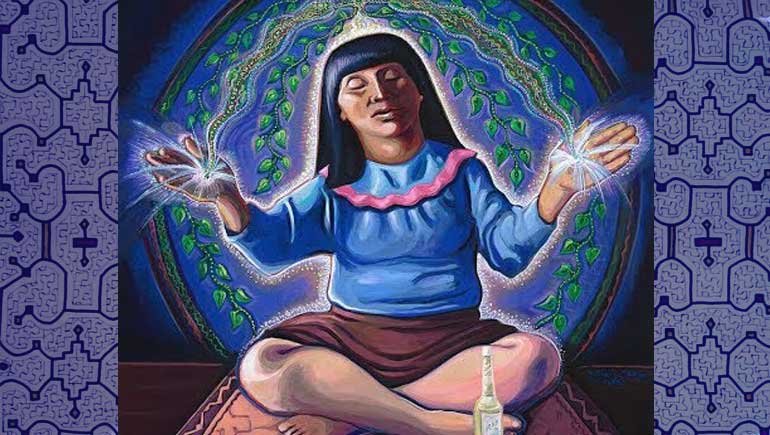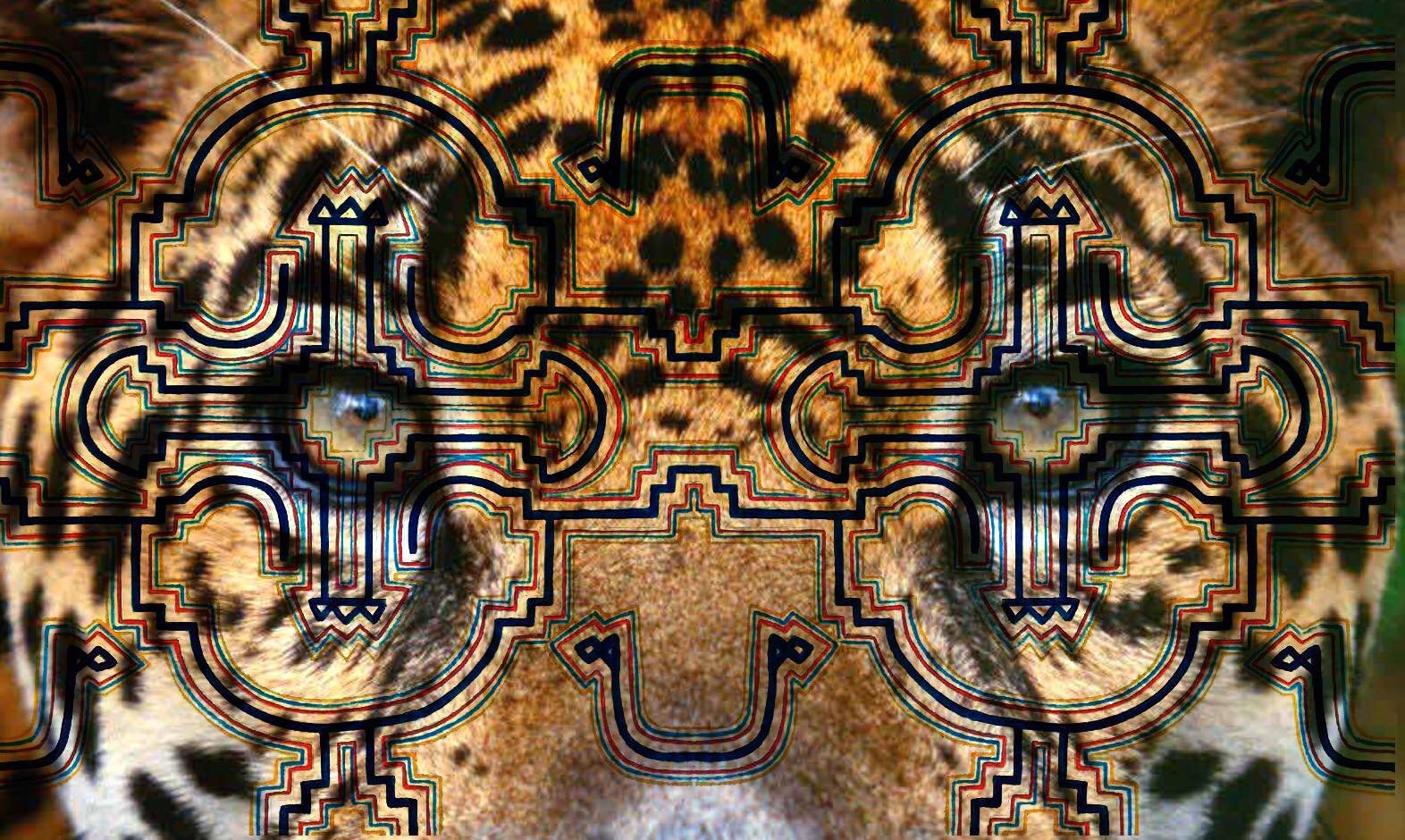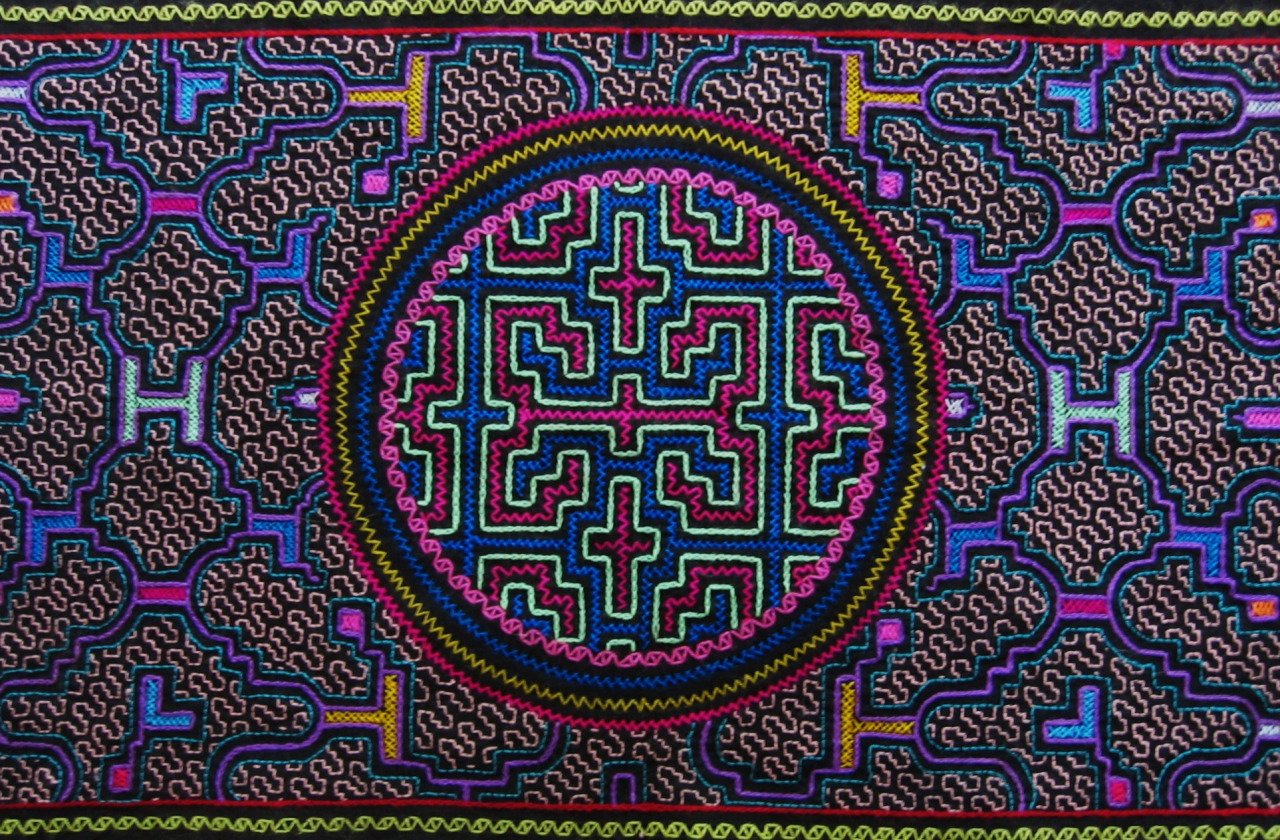Ayahuasca Icaros: The Magical Melodies of the Medicine
/One the signature elements of the potent portal created in an Ayahuasca ceremony is anchored in the magic of music. Ayahuasca is highly responsive to the sound, vibration, and intention charged in every note uttered, so much so that the songs sung to her in ceremony have a special name: They are called Icaros.
Icaros belong solely in homage and partnership with Mama Medicine. They are intimately linked to her unique multidimensional energies, and each one has its own meaning, intent, and power. Learning to sing the icaros is one of the core elements of the training required to safely and effectively lead an Ayahuasca ceremony. It’s not enough to simply learn the words and cadence; we must learn to sing these mystical tunes with the full intent and connection of our hearts; otherwise it sounds like a rehearsal instead of shamanic majesty.
So what are these songs, really, and where do they come from? And why has almost every Ayahuasca tradition learned to incorporate music and vibration into the experience?
Warm up your voices because we are going to sing like our little lives depend on it. The truth is that in an Aya ceremony, in many ways, it absolutely does.
Icaros are intrinsically linked to the Ayahuasca ceremony space. They are her language, the language of the jungle master plants, and they are profoundly instrumental (pun intended!) in driving, directing, and alchemizing the energies of the ceremony. Somewhere along the way, the shamans working with Ayahuasca realized that not only is she remarkably sensitive to sound, it is literally the technology that conducts the vibration of the entire ceremony. The only thing more important is the vibration of the person singing them. The songs are epically powerful and sacred to this work.
There is a portal that the traditions who guard Ayahuasca believe the songs come from; a dimension that perhaps Aya comes from herself where the songs are accessed and brought into our reality. When this space is made conscious, the singer becomes a channel and a vessel for the divine energy. It transforms the facilitator from one who is singing into one who is being sung. I can speak from experience that this is both an indescribably sacred and powerful experience, as well as one equally confronting and difficult to hold.
As an example, there are many times when I start to sing an Icaro I have channeled dozens, if not hundreds, of times, and the melody, cadence, rhythm, and/or words will drastically change. This happens because the medicine takes over. She may know that a song that is typically song with a fast charge instead needs to come out as a lullaby, because that’s what the space needs. Or vice versa. There’s a magical Icaro call Sunarai that is often one of the first an apprentice learns, as it’s a really special song about singing in the vibration of our closest plant allies. I’ve sang that song more times than I can possibly fathom. One night in a ceremony, that playful, sing-songy, familiar tune came blasting out like a semi-automatic machine gun. It was a FORCE. And I had to find the new rhythm and pretend this was precisely what I had intended. It became one of my favorite ways to sing it, and feels very special and unique to my relationship with both the song and the medicine. This is pure magic.
How Does One Learn to Sing Icaros?
This question is a bit misleading, as we don’t really learn to sing the Icaros as much as we learn to be a vehicle for their energies. We learn to be sung by them – anything else will feel like a performance.
It’s for this reason that professional singers and musicians sometimes have a harder time learning to work with medicine songs than novices like myself. If you’re used to performing, to putting on a show, it’s literally the opposite effect that you want to have in the ceremony space.
I remember once asking a professional singer to share her gifts at the end of a particularly intense ceremony, and she was thrilled to oblige. While the tone and quality of her voice was utterly spectacular, it didn’t feel good in the room because she wasn’t singing from her heart. It was rehearsed, an egoic act to try and look good (which we all have, by the way, I mean no judgment at all), and so it wasn’t in any way healing.
Some of the most potent shamans have what we would traditionally call out of tune voices. The Shipibo maestro I sit with is extremely nasal, and when I listen to him outside of the medicine I giggle at how unconventional his voice is. I completely understand why someone who hasn’t sat with Ayahuasca would find the sound displeasing. But in the portal of the medicine, the partnership between his vessel, voice, and the technology of the medicine has literally healed the deepest wounds inside of me.
Singing in ceremony is not an audition for The Voice – it’s an divine marriage of intention, vibration, and the power of ancient healing songs.
Learning to sing these magical tunes involves a couple of key skillsets. First, the obvious must-have is a deep relationship with Mama Medicine herself. You can’t be in partnership with a spirit you barely know. An intimate connection to Ayahuasca is the first step to learning to be her singing vessel.
Once someone has established a big ole bond with Mother Aya, and they have a calling to sing, we often encourage folks to quietly sing with the facilitator on a few select songs. Some of the Icaros are about calling in the spiritual tribe, and these are the perfect songs for beginners to start to learn to channel. There are songs for every conceivable occasion in ceremony, and the ones that literally clear demonic and dark energies are not the ones we learn to channel first. Eee gawds no. There is a proper order to things in the name of safety.
Once an apprentice has had a chance to sing along with a Maestro or Maestra in ceremony, the next step is often to get used to being a vessel that is being sung, rather than one who is doing the work of singing. This is obviously a very esoteric experience, one that is impossible to describe, but there is an exercise that helps to create the opportunity to feel this.
One of my spiritual teachers paired us up and sent us out into an isolated setting, with these instructions: Each person would take turn singing, and holding space – for TWO HOURS or more. Have you ever just had someone hold space and witness your singing for 2+ hours? It’s an absolutely magical experience. The idea is to simply make noise for the entire duration; humming, whistling, singing words, light language – it doesn’t matter what noise you’re making, or how good you are at doing it, only that you keep it flowing. More often than not, one can have the experience of being sung with this exercise. The witness is key, too; without someone holding space for the experience, it loses a vulnerable element. This is one of the primary methods I do to learn the art of letting the songs come through me organically, rather than via a rehearsed process
The Sacred Power of Ayahuasca’s Icaros
Icaros aren’t just songs, they are literally technology. The vibration, words, and intention of the shaman singing all equate to a palpable force that is one of the most potent elements of an Ayahuasca ceremony. This is why ceremonies that only run a playlist are in many ways a diluted and completely non-traditional experience – the medicine requires live singing so that she can respond in real-time to the energies of the space. Playlists are just background noise, and they don’t invite in the co-creation with the spirit of Ayahuasca. An old school Shipibo Maestro/a would never be caught dead relying on a playlist in an Ayahuasca ceremony.
Likewise, there’s a very real different between Ayahuasca Icaros and medicine songs. Both are most welcome in ceremony, but they have different purposes and vibrations. As outlined above, Icaros are a direct download of Ayahuasca’s own language. Medicine songs, however, can come from just about any language and tradition; they are the broad category for uplifting, conscious songs that were written to honor the spiritual process. They aren’t directly tied to the energy of Ayahuasca, but they are no less super potent in her ceremony space, and of course in the traditions from which they are birthed.
The way I like to do most of my Ayahuasca ceremonies involves this basic structure:
· Silence – I start with this to begin the internal journey, and to wait until the vibration of the medicine comes into the space. Once I feel her spirit, then we are off to the races. That can take anywhere from 10 to 45 minutes.
· Icaros – I also start by singing Mama’s songs as the intensity ramps up. Songs focused on protection and calling in the allies are normally first, and then I let the medicine guide me.
· Doctoring Icaros – Once we start to peak in the experience, typically right after the second cup, I love to start doctoring people. This practice is also referred to as “limpias” (cleansing). It involves either calling up an individual to the altar or going to their space if it’s too difficult to move. We then sing directly to the individual – whatever song wants to come through, but these are typically traditional Icaros as well. Many of these incredible songs are downloaded specifically for these intimate one on one experiences. Doctoring uses the power of the songs to reweave a person’s energy. We lean into the grid that illuminates in the portal the medicine creates, and we work to reweave the blockages and lower vibrations. This is SO magical to witness. And this is the heart of the Shipibo tradition.
· Medicine Songs – After the doctoring is complete, I start to bring in medicine songs from other traditions. Sometimes I doctor just a few people, sometimes every participant – it really depends on how I’m guided. Once it’s time to shift into an “anything goes” philosophy, I’ll start to pull in Lakota songs, Spanish or Quechua medicine songs, Sanskrit mantras and even sacred English melodies.
· Opening the Space – Towards the end of the ceremony, I love to let anyone in the tribe who wants to share a song or a prayer in their hearts with the group. I always ask people to be aware of the energies they are working with (I once had a gentleman ask to sing, and when I asked what he was working with, he said “self-hatred”. I kindly asked him not to put that into the space!.) It’s just so magical to receive the gifts of the community and let others fill up the space with their love and healing vibes.
· Recorded Music – Once all of the above feels complete, I love to put on a few songs via a playlist and bring us all in for a gentle landing. This is my opportunity to dance and move the energies, and also to check on people individually and make sure all is well.
I should also add I adore allowing spaces of silence whenever it feels aligned in each ceremony too. Because the Medicine is so dynamic, the outline above is often null and void! I am her humble servant first and foremost, and MamaAya loves to mix things up.
The bottom line is sound is integral to the Ayahuasca experience. It doesn’t take a pitch perfect singer to co-create with Mama via the power of music, just a being with a big open heart and a willingness to learn her language. The next time you’re in ceremony, give special attention to how she responds to each song/vibration that comes into the space. It’s absolutely magical to bear witness to her dance.
Thank you for reading – be safe and joyful out there everyone!
About the AfterLife Coach
Tina “Kat” Courtney has worked as an Ayahuasca shaman for almost 2 decades. Kat is a vocal advocate for all Plant Medicines and sacred spaces, and for the proper integration of peak experiences. Additionally, Kat works with people confronting issues around death, fear, trauma, and shadow as an Ayahuasca Coach and Shamanic Therapist. She is the author of Plant Medicine Mystery School Vol 1: The Superhero Healing Powers of Psychotropic Plants, now available on Amazon. She’s a transformational junkie with a major love of polarities, and she adores helping others love their darkness, too.




